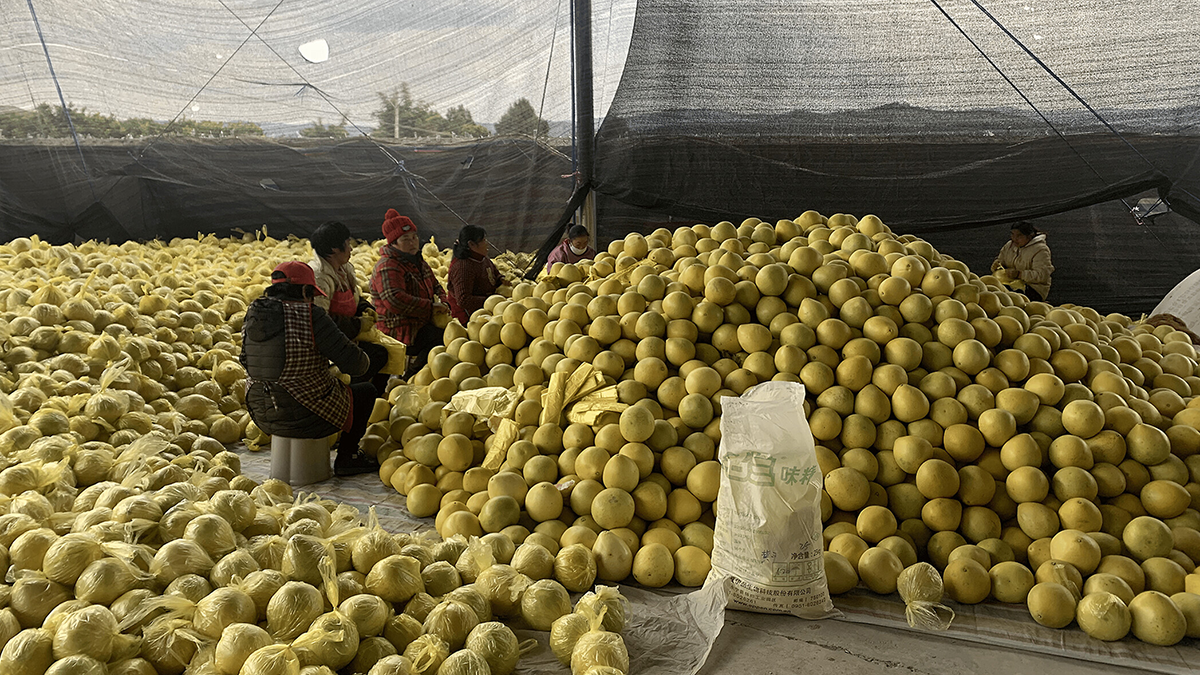Editors’ Highlights are summaries of recent papers by AGU’s journal editors.
Source: Community Science
A translation of this article was made by Wiley. 本文由Wiley提供翻译稿。
In China, efforts to modernize agriculture through large-scale farming have pushed many smallholder farmers—who produce most of the country’s food—to the margins. One promising solution is “circular agriculture,” which focuses on sustainability, productivity, and rural economic development by encouraging cooperation between large- and small-scale farming operations.
In Community Science’s special collection on Transdisciplinary Collaboration for Sustainable Agriculture, Li and Nielsen [2025] examine a circular agriculture project in southwest China that combines pomelo growing with pig breeding. The authors conducted 35 interviews with smallholder farmers, government officials, employees from financial institutions, and various other stakeholders, capturing a wide range of interests and risks faced in this model.
Their findings show that local governments play a key role in creating platforms for cooperation, while agricultural cooperatives are central to business management. The study also reveals the challenge that government involvement is often politically motivated, and smallholders can lose both autonomy and fair representation in decision-making. The authors suggest that for circular agriculture to truly benefit everyone, smallholders need both a voice and power in shaping their future—without having their interests exploited.
Citation: Li, H., & Nielsen, J. Ø. (2025). Smallholders, capital, and circular agriculture—The case of combined pomelo and pig farming in southwest China. Community Science, 4, e2025CSJ000127. https://doi.org/10.1029/2025CSJ000127
—Claire Beveridge, Editor, Community Science


